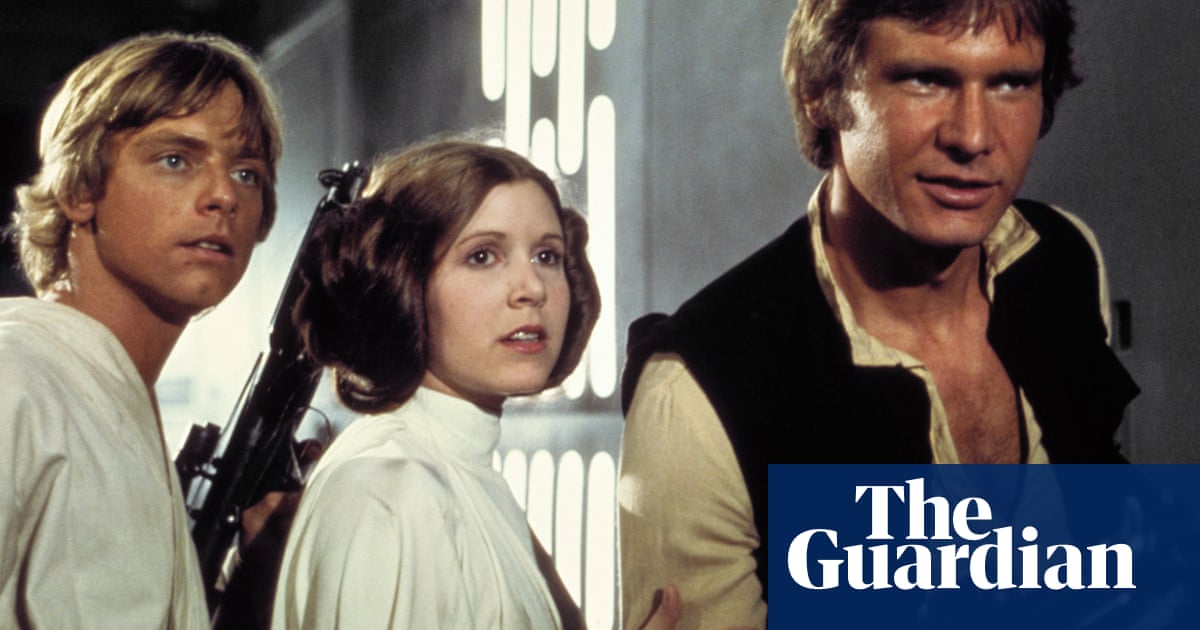The article invites readers to share their memories of watching the original Star Wars in cinemas when it was first released in 1977-78. This retrospective approach highlights the significance of the film, particularly as it has rarely been shown in its original form since the 1990s revisions by George Lucas. The announcement of a screening at the British Film Institute’s Film on Film festival serves as a catalyst for nostalgia among fans.
Purpose of the Article
The intent behind this article appears to be to engage the community of Star Wars enthusiasts and create a sense of shared history. By asking for personal anecdotes, the article aims to foster a collective memory among fans, reinforcing the cultural impact of Star Wars in cinema history. The inclusion of the screening serves as a hook to draw in responses, creating a platform for dialogue about the film's legacy.
Public Sentiment and Community Engagement
This call for memories is likely to generate a warm, nostalgic response, appealing to individuals who have significant emotional connections to the film. It seeks to cultivate a sense of community among those who experienced Star Wars during its original release, thus reinforcing communal ties through shared experiences. The article's focus on personal stories suggests a desire to celebrate the film's cultural significance rather than critique it.
Potential Ommissions or Hidden Agendas
While the article does not appear to hide any nefarious intentions, it could be argued that it glosses over the controversies surrounding the film's revisions. By focusing on the original cut's screening, there might be a subtle downplaying of the debates surrounding the changes made by Lucas, which have been contentious among fans.
Manipulation Assessment
This article does not exhibit overt manipulative language; instead, it seeks to evoke nostalgia and personal reflection. The request for detailed memories may lead to a curated narrative that emphasizes positive recollections while potentially sidelining critical perspectives on the film's evolution.
Truthfulness of the Content
The article seems to be truthful in its representation of the event and the request for audience engagement. It provides factual information about the festival screening and invites community participation, which is a common practice in media to enhance reader involvement.
Cultural Significance
The article positions Star Wars as a cultural touchstone, highlighting its lasting impact on cinema and popular culture. It reflects a broader trend of revisiting classic films and engaging with their legacies, particularly in the context of contemporary cinema.
Comparative Analysis with Other News
When viewed alongside other articles discussing cinema anniversaries or nostalgic events, this one stands out for its direct engagement with the audience. It creates a participatory space, contrasting with more traditional reporting that may not invite personal contributions.
Impact on Society and Economy
Given Star Wars' cultural significance, this article could potentially influence local economies by drawing audiences to the screening. Events like this can boost ticket sales and local businesses, while also enhancing community engagement in cultural activities.
Audience Targeting
The article targets film enthusiasts, particularly those with an affinity for Star Wars. It appeals to older generations who experienced the original release as well as younger fans who appreciate the franchise’s legacy.
Market Influence
While this article may not have immediate implications for stock markets or specific companies, it underscores the enduring value of cultural franchises like Star Wars. Media and entertainment companies might find this engagement beneficial as they strategize around film releases and nostalgia marketing.
Geopolitical Relevance
There is no direct geopolitical relevance to this article; however, it does reflect the ongoing cultural dialogues around cinema and its historical importance, which can resonate in broader discussions about media influence.
Considering the overall analysis, the article provides a nostalgic and engaging look into a significant cultural moment. It does not appear to manipulate the audience but rather invites them to reflect on their experiences, contributing to a broader cultural appreciation.
